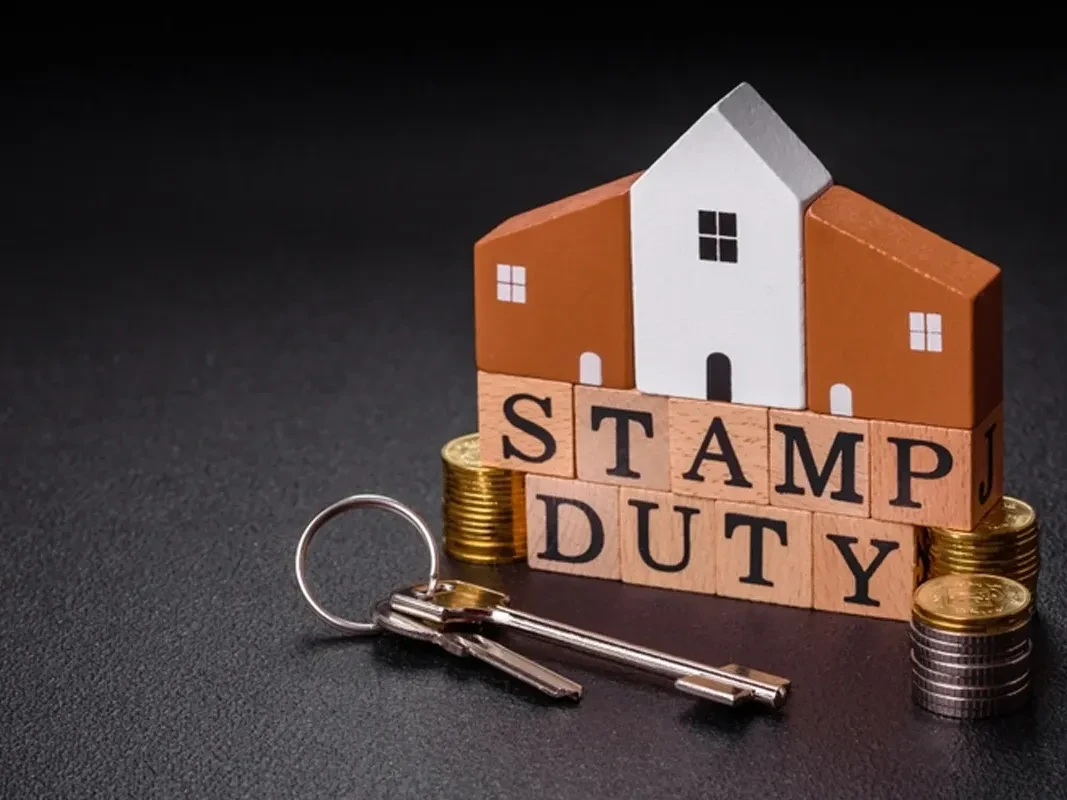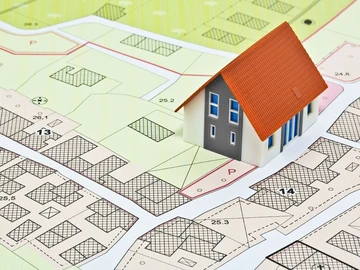When buying property in Zimbabwe, stamp duty is a key cost that every buyer must budget for. It is a legal tax payable to the government when transferring ownership of immovable property.
Failing to pay stamp duty can delay property transfers at the Deeds Office, potentially resulting in fines or legal complications.
2025 Snapshot:
- Stamp duty is charged as a percentage of the property value.
- On average, 2–4% of the property price goes to stamp duty and other transfer fees combined.
- In 2024, over 65% of urban property transactions were delayed due to incomplete payments or miscalculated stamp duty.
What Is Stamp Duty?
Definition: Stamp duty is a tax levied on legal documents that formalize the transfer of property ownership. In Zimbabwe, it applies to:
- Sale agreements
- Title deed transfers
- Lease agreements exceeding one year (in some cases)
Purpose:
- Provides revenue to local and central government
- Legally formalizes property ownership transfers
Key Point: Payment must be made before the transfer can be registered at the Deeds Office.
How Stamp Duty is Calculated
Step 1: Determine the Property Value
- Stamp duty is calculated based on the consideration (purchase price) or the government valuation, whichever is higher.
- Example: If a property is sold for US $100,000 but the government valuation is US $120,000, stamp duty is charged on US $120,000.
Step 2: Apply the Stamp Duty Rate
- Residential property: 3% of the higher of purchase price or valuation
- Commercial property: 4% of the higher of purchase price or valuation
- Rates may vary for certain special zones or incentives (e.g., urban renewal projects).
Step 3: Add Other Transfer Costs (if applicable)
- Deeds Office transfer fees: Typically 1–2%
- Registration and legal fees: 1.5–3%
Example Calculation:
- Property purchase: US $150,000
- Residential stamp duty: 3% of 150,000 = US $4,500
- Deeds Office transfer fees (1.5%): 150,000 × 1.5% = US $2,250
- Legal/conveyancing fees (~2%): 150,000 × 2% = US $3,000
- Total additional cost: 4,500 + 2,250 + 3,000 = US $9,750
Tip: Always budget 5–10% of the property price for stamp duty, transfer fees, and legal costs combined.
Who Pays Stamp Duty?
- The buyer is primarily responsible for paying stamp duty.
- Sellers usually cover legal and conveyancing fees related to preparing the property for transfer.
- In some agreements, costs can be negotiated, but the Deeds Office will require the buyer to pay stamp duty to register the transfer.
When and How to Pay Stamp Duty
1. Payment Timing
- Stamp duty must be paid before the transfer of the title deed is lodged at the Deeds Office.
- Delays in payment can cause registration to be postponed.
2. Payment Channels
- Payment is made to the Zimbabwe Revenue Authority (ZIMRA)
- Can be done via approved banks or electronic payment platforms
3. Documentation
- Proof of payment is required when lodging transfer documents at the Deeds Office.
- Include receipts with the conveyancer’s submission.
Examples of Stamp Duty in Zimbabwe 2025
|
Property Type |
Purchase Price |
Stamp Duty Rate |
Stamp Duty Amount |
|
Residential House |
US $100,000 |
3% |
US $3,000 |
|
Residential House |
US $250,000 |
3% |
US $7,500 |
|
Commercial Office |
US $200,000 |
4% |
US $8,000 |
|
Commercial Warehouse |
US $350,000 |
4% |
US $14,000 |
Note: Additional fees for Deeds Office transfer and conveyancing still apply.
Tips to Avoid Stamp Duty Issues
1. Verify property valuation
- Ensure the government valuation is correct to avoid overpayment.
2. Engage a registered conveyancer
- Conveyancers calculate exact stamp duty, prepare the required forms, and submit payments to ZIMRA.
3. Include stamp duty in your budget
- Avoid last-minute financial stress by including it in the total cost of buying a property.
4. Check for exemptions or incentives
- Occasionally, government programs may reduce stamp duty for first-time buyers or certain urban renewal areas.
5. Keep all receipts
- ZIMRA payment receipts are mandatory for Deeds Office submission.
8. Common Mistakes to Avoid
- Paying stamp duty on the purchase price alone when government valuation is higher
- Delaying payment until after lodging at the Deeds Office
- Not budgeting for combined fees including legal, transfer, and utility clearances
- Forgetting to confirm property classification (residential vs commercial)
9. Practical Example: Full Cost for Residential Property
Scenario:
- Purchase price: US $120,000 residential property in Harare
- Stamp duty: 3% of 120,000 = US $3,600
- Deeds Office transfer fee (1.5%) = US $1,800
- Conveyancing/legal fees (2%) = US $2,400
- Total additional cost = US $7,800
Tip: If the buyer is a foreigner, include foreign currency transfer fees for payment.
Summary
- Stamp duty in Zimbabwe 2025:
- Residential properties: 3% of purchase price or valuation
- Commercial properties: 4%
- Residential properties: 3% of purchase price or valuation
- Who pays: Buyer
- When to pay: Before lodging the transfer at the Deeds Office
- How to pay: Via ZIMRA through approved banks, with receipt included in transfer documents
- Budget: 5–10% of total property price for stamp duty, transfer, and legal fees combined
2025 Insight:
- Average residential stand in urban Zimbabwe: US $25,000–US $120,000
- Stamp duty can range from US $750–$3,600 depending on property value
- Combined fees can add up to 10% of the purchase price
11. Step-by-Step Stamp Duty Checklist
|
Step |
Task |
Notes |
|
1 |
Determine property type |
Residential or commercial |
|
2 |
Confirm purchase price or government valuation |
Use higher value for calculation |
|
3 |
Calculate stamp duty |
Apply 3% for residential, 4% for commercial |
|
4 |
Prepare payment to ZIMRA |
Obtain receipt |
|
5 |
Include in total transfer budget |
Add legal and Deeds Office fees |
|
6 |
Submit proof of payment |
Required when lodging transfer documents |
 Continue with Facebook
Continue with Facebook
 Continue with Email
Continue with Email














